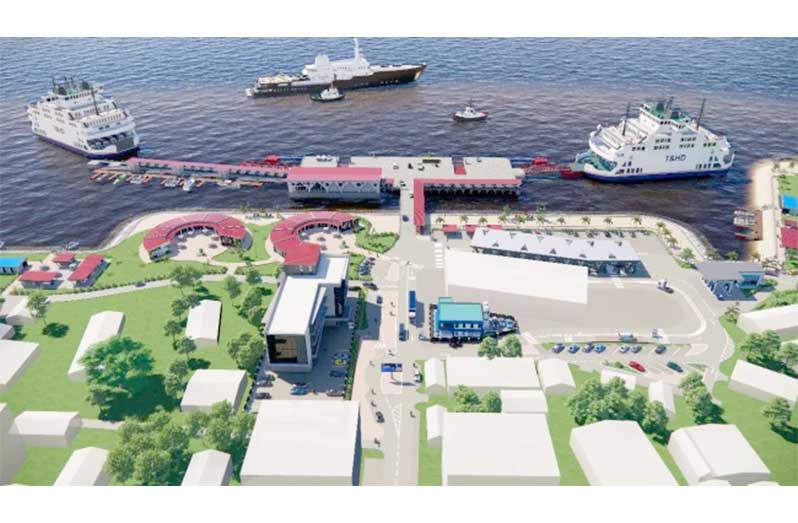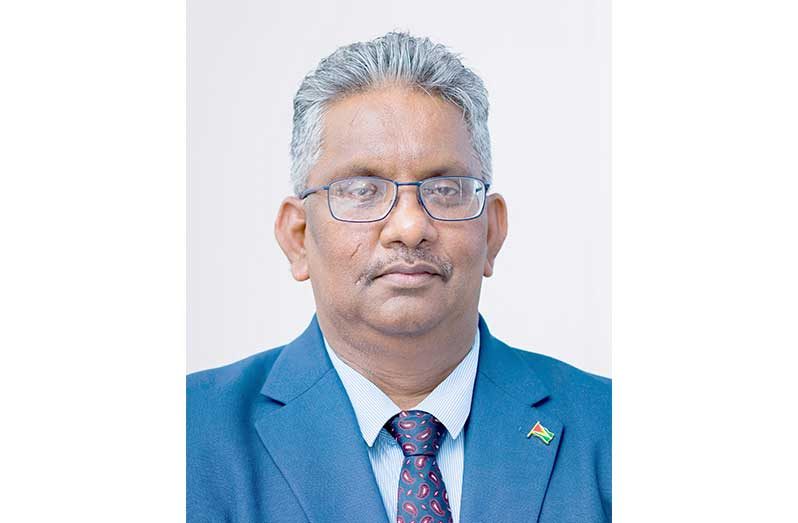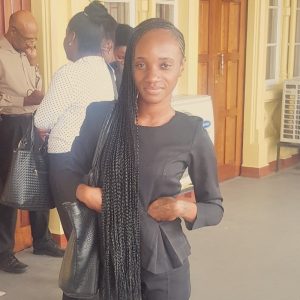THE government’s planned US$25 million investment in a modern port facility at Parika, East Bank Essequibo (EBE), is being welcomed as a game-changing move with the potential to dramatically reshape regional food trade and agricultural development.
Komal Singh, Chairman of GAICO Construction and former head of the Private Sector Commission (PSC), said the port is well positioned to support the Caribbean Community’s (CARICOM) food security agenda.
Appearing on the Starting Point podcast this week, Singh described the initiative as both strategic and transformational.
“The location of Parika is very strategic,” he said, adding: “When you look at the region, and the plan to reduce our food-import bill by 25 per cent by 2025, this has not been achieved due to different issues beyond the region’s control. But, come 2026, this is going to be an achievable target.”
The port will serve as a critical hub in a wider logistics network, enabling Guyana—and by extension, the Caribbean—to shift from food importing to food exporting. Singh highlighted the importance of scaling up agricultural production to take advantage of these new opportunities.

“If we are going to reduce our food-import bill, it means we need to start finding ourselves in an export position, because we are going to be moving to large-scale farming,” he said.
Singh also noted that Parika’s proximity to the farming belt of Essequibo and its relative closeness to key Caribbean markets gives it a unique logistical advantage.
“The location of Parika and all the farming being done in the Essequibo region, it is close to the Caribbean. It is a shorter distance from Georgetown, and is going to bring huge benefits to farmers,” Singh stated.
He further highlighted that the new port is intended to be more than just a docking area.
“It is not just going to be a port facility; it is going to be a whole ecosystem built on there with cold storage facility, et cetera, to move our stuff very easily,” he said.
He stressed the need to develop supporting infrastructure in tandem with the port, noting: “These facilities need to be built out ahead of the completion of the port facility. You will also need large areas to offload goods and passengers.”
Calling the development a national and regional milestone, Singh said: “That project is going to be transformational for Guyana and the Caribbean.”
The Ministry of Public Works recently held a multi-stakeholder consultation in Parika, where officials detailed the scope of Phase One of the project.
The works include land reclamation, sea defences on both sides of the existing stelling, and the construction of a new concrete stelling.
Three local contractors—GAICO Construction, Toolsie Persaud, and A&S General Contractors—have been tapped to execute the initial phase. This includes foundation work, superstructure development, and river defence construction.
Once completed, the port will be equipped with advanced cold storage, packaging, and agro-processing facilities designed to extend the shelf life of produce, bolstering regional exports, enhancing food security, and accommodating potential cruise ship docking.



.jpg)








